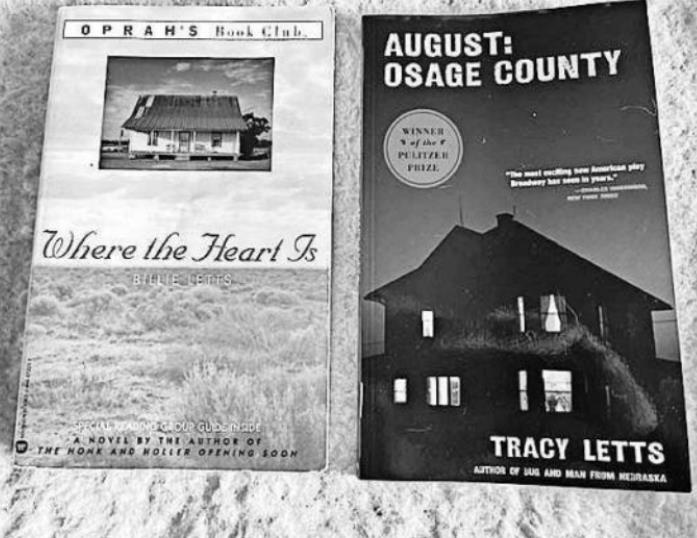
When should I start seeds indoors?
When Should I Start Seeds Indoors? This answer totally depends on what you are planning to grow! Count back 4-6 weeks from your expected outdoor planting date to get your seed planting date. This does vary by the specific plant, but 4-8 weeks is a good general range for annuals for warm season plantings after danger of frost (around tax day) So you can plant zinnias, sunflowers, marigolds, morning glories, etc.









